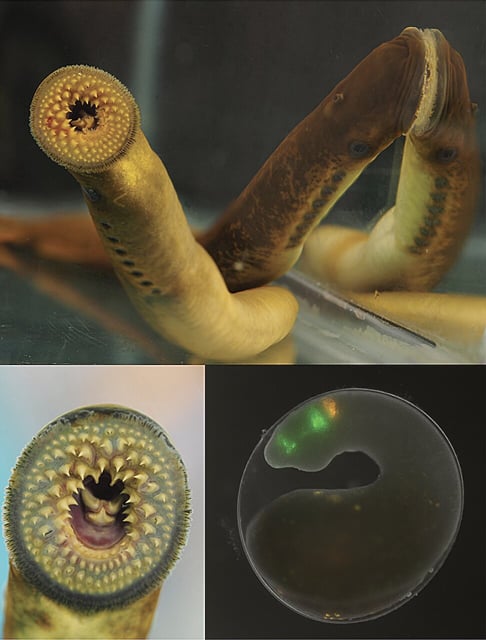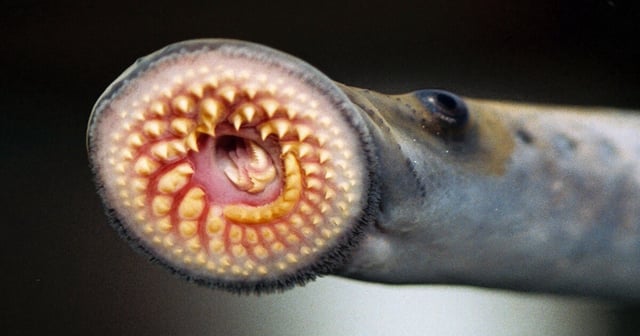Overview
- Researchers have discovered that sea lampreys and humans share remarkably similar molecular and genetic mechanisms for hindbrain development.
- The study, published in Nature Communications, identifies retinoic acid as a common molecular cue guiding hindbrain patterning in both species.
- This finding challenges previous assumptions that sea lampreys, lacking jaws, had significantly different brain development processes from jawed vertebrates.
- The research provides evidence of a shared evolutionary ancestor and suggests that the process of hindbrain development is ancestral to all vertebrates.
- Understanding the role of retinoic acid in hindbrain development could have implications for studying developmental disorders in humans.


